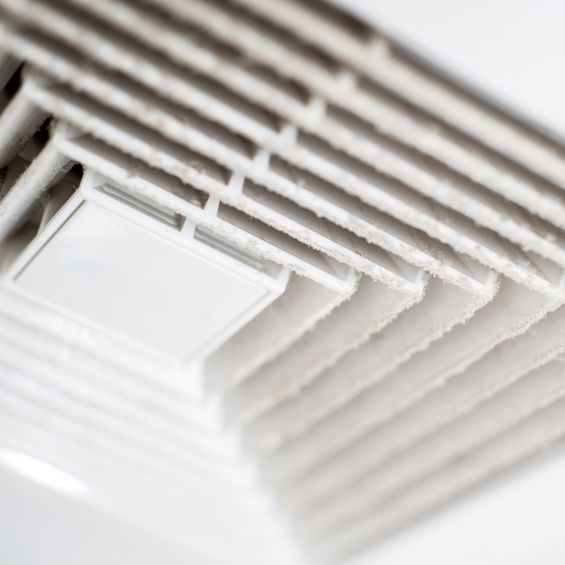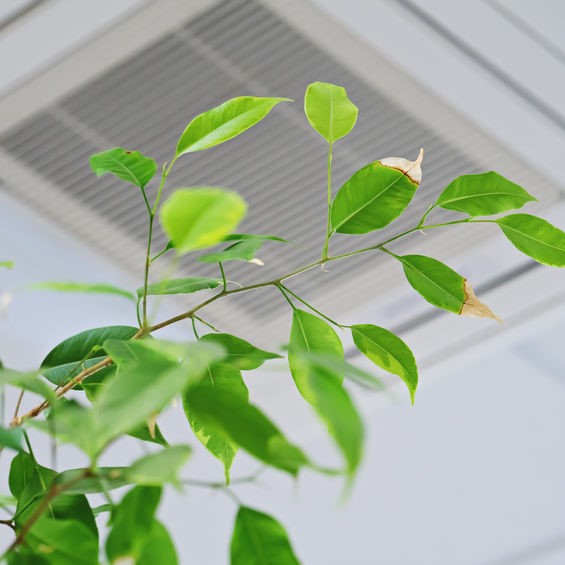
How do you test indoor air quality?
Do you come home every day feeling relieved that you’re getting away from the air pollution outside? You may be shocked to know that the indoor air quality in your home is just as bad, maybe worse. Yes, your home’s indoor air quality and health of your family members could be linked.
It would be nice to know that you have clean air at home to breathe wouldn’t it? One way to find out is to test your home’s indoor air quality. Proper and thorough testing will tell you if your home has allergens, mold, or radon. Here is a list of 4 different ways to test a home’s indoor air quality:
- Purchase a Monitor: There are several indoor air quality monitors today, each having some of the same features, some having some unique to them. These devices generally check for levels of allergens, tiny dust particles, volatile organic compounds, and other things that we inhale without realizing it, also referred to as PM2.5. Some also keep track of the humidity (checking for mold) and the temperature.
- Check for Mold: Your eyes and nose are two of the best mold detectors. Mold is typically found in the basement, drains, and ductwork, recognized by a musty odor. Depending on how bad this mold is, you may need it professional removed.
- Purchase a Carbon Monoxide Detector: Carbon monoxide is a colorless, odorless, and tasteless gas. This byproduct from appliances used throughout the home, fireplaces, furnace, grills, stoves, and water heaters, can be deadly when inhaled. So, you and your family could be breathing it in without being aware. By installing a carbon monoxide detector on every floor in your home, it will alert you if it senses a high level of CO.
What are the four most dangerous indoor air pollutants?
Most of us don’t give a lot of thought about the dangerous pollutants affecting the indoor air quality of your home. The American Lung Association tells us that there are more of us starting to recognize these dangerous elements though, and these four are the most dangerous, and the most common in most homes:
- Biological Pollutant: These pollutants include bacteria, dust mites and insect waste, mold, and pet dander. All of these things accumulate inside the air conditioning coils, ducts, and filters, then circulates throughout the home. These are the things that aggravate allergies and asthma while causing respiratory infections.
- Combustion Pollutant: Any appliance or device that burns fuel like fireplace, furnace, gas stove, heater, and water heaters emit combustion pollutants. When the fuel is burned, carbon monoxide and nitrogen dioxide are released. These colorless, odorless gases are very dangerous by disrupting the delivery of oxygen through the body. This results in dizziness, fatigue, headaches, and other symptoms. The eyes, nose, and throat become irritated by nitrogen dioxide, causing infections. If left unaddressed, the exposure can be extremely harmful.
- Radon: This is a natural occurring gas that is radioactive and has been labeled as being the second leading cause in this country of lung cancer. Radon infiltrate the indoor air quality of your home through cracks in the drains, floors and walls, and other opening that it can find coming up from the ground.
- Tobacco Smoke: We’ve all heard it a million times how dangerous secondhand tobacco smoke can be, yet it is still on the top 4 of the most dangerous pollutant to our indoor air quality. There is approximately 200 different poisons in a cigarette, along with 60 cancer causing chemical called carcinogens. Indoor cigarette smoke exposes your home to various ranges of poison from carbon monoxide to formaldehyde that lingers and floats through the air.
What is the most threatening indoor air pollutant?
If you have or know anyone that has asthma, you know that indoor air quality for asthma patients is important. One of the most threatening things to affect the indoor air quality for an asthma suffer or anyone with allergies or other respiratory issues is cigarette smoke.
Not only does cigarette smoke make it difficult for people that suffer from these things to breathe, but they are also be exposed the second-hand smoke that has shown to cause cancer. Yes, to 200+ poisons that tobacco is putting in the air along with the carcinogens is adding to their already difficulty in breathing.
Why is air quality worse at night?
Okay, standing on the street corner with traffic going by, the bus that stops to load and unload passengers can put out hazardous toxins. However, staying inside isn’t much better. In fact, some studies have found indoor air quality is five times worse than the outdoor air quality. Even cooking everyone’s favorite holiday meal, Thanksgiving, is toxic to the indoor air quality.
So, open the door and let the fresh night air in, right? Wrong again! As the nighttime temperature drops, those car emissions, CO2, and all those other pollutants get trapped in the ground level atmosphere. If your home doesn’t have good ventilation, it just makes it worse to breathe.

How do I clean the air in my house?
Indoor air quality and plants have been associated for years. Purchasing one life green plant for each room will do wonders for the indoor air quality. Other ways to achieve indoor air quality benefits are:
- Step One: Increase the ventilation. Houses today are sealed tighter than ever because we’re trying to ease our utility bills with less cooling and heating. There are ten inch screens that you can install on your windows that provide trickle ventilation through filters that allows the fresh air in while getting the pollutants inside your home out.
- Step Two: Turn your air conditioner on: Yes, that pretty much standard in the summer, but is important to improving your indoor air quality. Why? Most pollutants are water-soluble and because the air conditioner removes water out of the atmosphere, it is also removing the air pollutants, particulate matter, and pollen.
- Step Three: Install a HEPA Filter. Not only do you need to change or clean the air filter every 30 days, but by using disposable HEPA filters, you’ll clean and improve the indoor air quality in your home even better.
Call 985-764-8191 today for your indoor air quality testing needs in Norco and New Orleans, LA.
